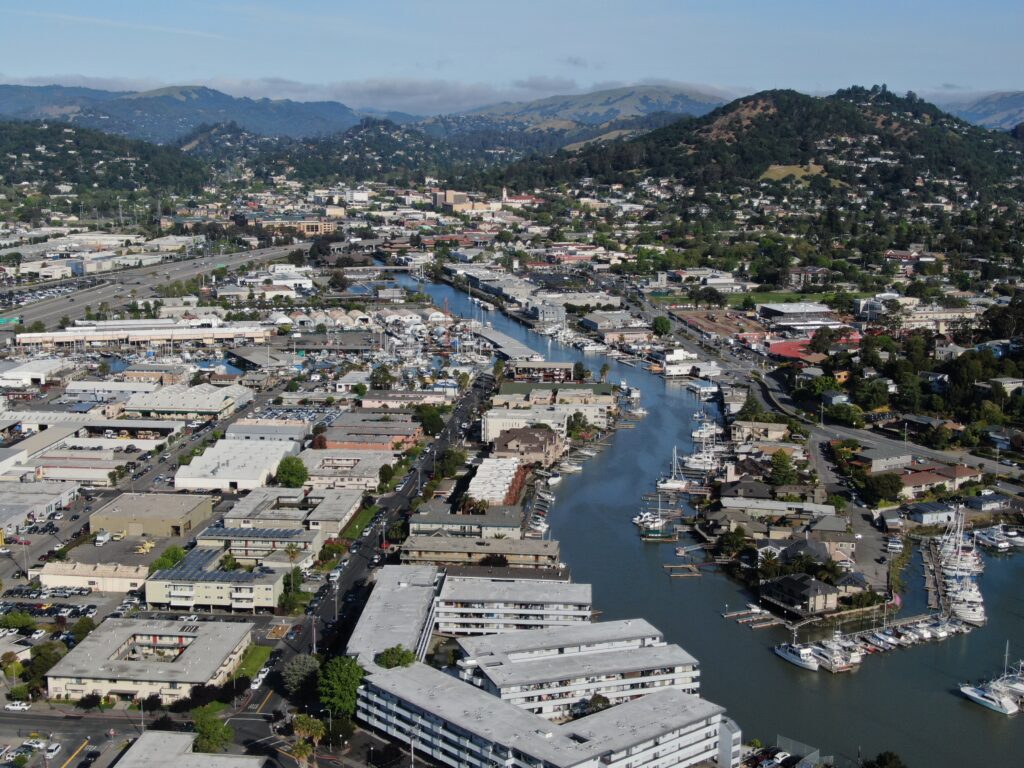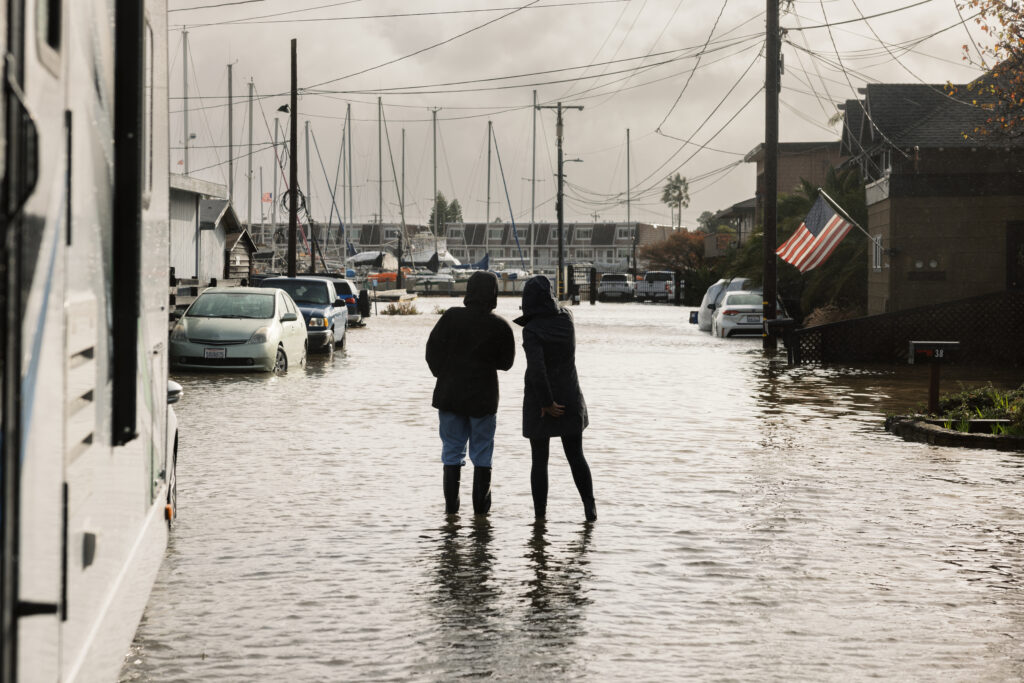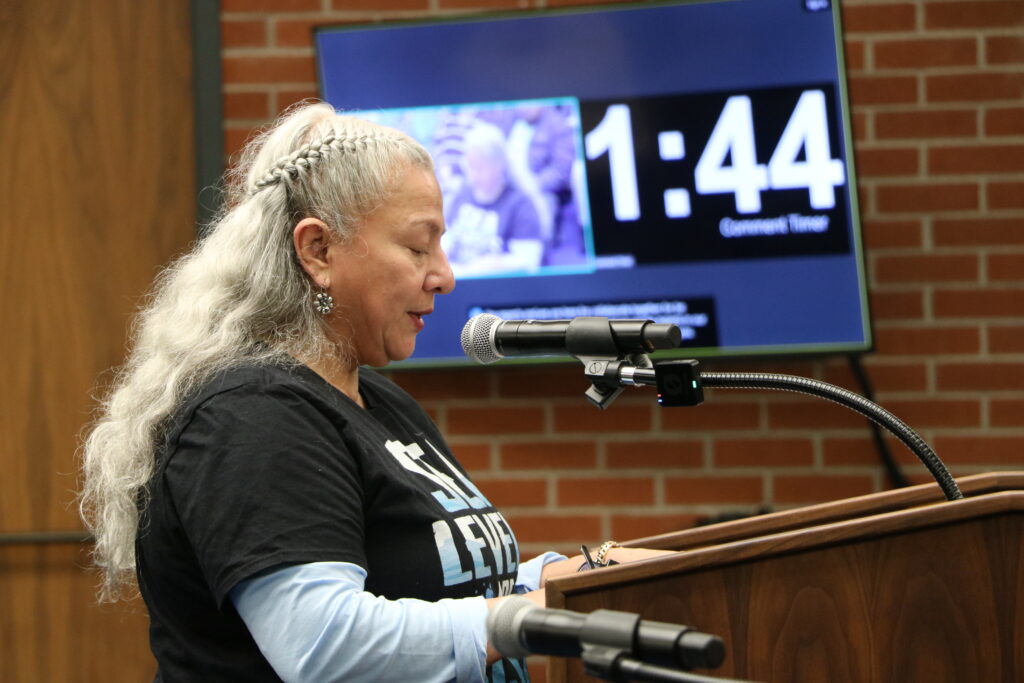Experts issue warning over rising threat that could leave thousands of Americans stranded: ‘It will be a dynamic that doesn’t stop’
Comments Off on Experts issue warning over rising threat that could leave thousands of Americans stranded: ‘It will be a dynamic that doesn’t stop’
Rising sea levels have communities around the world losing the ground beneath their feet.
Thousands of people in the Canal community of San Rafael, California, are at risk of being stranded with no drivable routes as rising sea levels increase flooding from storms and king tides, Local News Matters reported.
What’s happening?
San Rafael is located in the northern region of the San Francisco Bay Area. According to Local News Matters, the land in the Canal community is subsiding, or sinking, at a rate of roughly 0.4 inches per year.
With exit roads about 3 feet above sea level, high tides and king tides can fully cover them.
State estimates indicate that the Bay Area’s sea level will be anywhere from 7 to 32 inches higher by 2050.
“It’s a game of inches there, and to talk about a third of a meter or more of sea level rise, that indicates to me that San Rafael is going to be the first to need very serious interventions in the region,” Kristina Hill, a University of California, Berkeley, professor, said, per Canal Alliance.
Why is sea level rise important?
Kate Hagemann, San Rafael’s climate adaptation and resilience planner, said, per Local News Now: “In the past, the flood level was 10 feet, and that’s what we built to, and now, because of these emissions, sea level is going to continue rising through generations. It will be a dynamic that doesn’t stop.”
Rising sea levels are linked to the effects of human-caused climate change.
Human activity, especially burning dirty energy such as oil and natural gas as fuel, has contributed much of the heat-trapping pollution that has altered the climate.
With climate change come more severe and unpredictable weather patterns. While weather refers to short-term atmospheric events, climate reflects the longer patterns of a region or ecosystem.
A warmer climate means that more moisture can be held in the atmosphere, supercharging storms and intensifying flooding.
Warmer temperatures also lead to melting glaciers, adding more water to the oceans. According to NASA, global sea levels have risen by almost 4 inches since 1993, with the rate of rise accelerating.
Sea level rise also threatens critical infrastructure, including roads, power plants, and wastewater treatment facilities. The Union of Concerned Scientists estimates that by 2045, over 300,000 U.S. homes, with a combined value of over $117 billion, will be at risk if pollution continues unchecked.
What’s being done about sea level rise?
To help communities in the Bay Area adapt to rising sea levels, researchers from the University of California, Santa Cruz, suggest horizontal levees. These sloping levees can mimic wetlands, enhancing flood defenses while supporting crucial ecosystems.
California’s Water Resources Development Act of 2024 also includes provisions to support studies on sea level rise.

